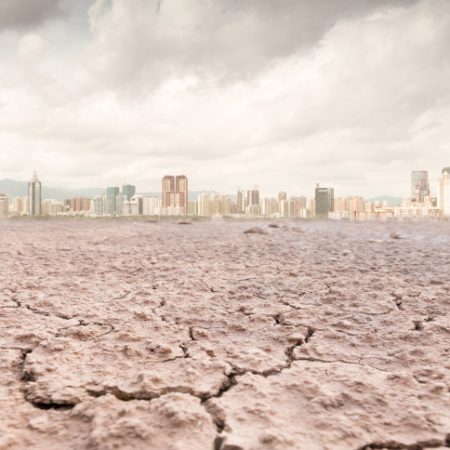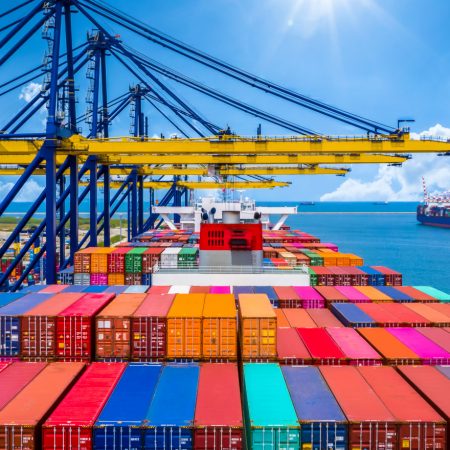Global real estate universe in comparison, 2022
Source: Savills Research, and Savills Research using World Bank, Bank for International Settlements, World Federation of Exchanges, World Gold Council
The total value of the world’s property stood at $379.7 trillion at the end of 2022. Although this is 2.8% less than the year before, the longer-term trend – a rise of 18.7% over the past three years – shows that global property remains a significant store of wealth.
Real estate is worth more than the global equity and bond markets combined, and is almost four times the size of global GDP. The value of all the gold ever mined – $12.2 trillion – is paltry by comparison, a little over 3% of the value of global real estate.
Just over three-quarters of the value in real estate is tied up in residential property, worth $287.6 trillion at the end of 2022. Commercial property accounts for around 13%, while agricultural land represents 11%.
Sector performance
Last year proved to be a year of two halves. Valuations held up in the first part of 2022 before higher interest rates and growing economic uncertainty dampened both residential and commercial markets worldwide – a trend that has continued into 2023.
Residential real estate fell by 1.6% in 2022, but on a three-year basis, between 2019 and 2022, its growth – at 21.1% – was second only to gold. Residential values benefited from ultra-low interest rates over this period, together with a focus on the home during the pandemic-related lockdowns.
Commercial real estate fell by 1.8% in 2022, muted by weakening conditions in the second half of the year, but was up 14.4% over the three-year period. This was largely due to the low interest rate environment and government stimulus, encouraging investors to allocate more capital to real estate.
Agricultural land was down 11.4% year-on-year in 2022, but up 8.8% on a three-year basis. The pandemic dented agricultural land values in 2020, but they bounced back strongly in 2021, only to falter in 2022.
How property compares to other assets
Although real estate values slipped in 2022, bond and equity markets also struggled. Debt securities shrank by 3.2%, with equities suffering a 20.3% year-on-year fall.
Value growth by asset
Floating USD exchange rates
Source: Savills Research, and Savills Research using World Gold Council, Bank for International Settlements, World Bank, World Federation of Exchanges
Over the past three years, however, all these major asset classes have delivered positive growth, with residential property significantly outperforming both bonds and equities.
Value growth by asset
Floating USD exchange rates
Source: Savills Research, and Savills Research using World Gold Council, Bank for International Settlements, World Bank, World Federation of Exchanges
Given the economic turbulence caused first by the Covid-19 pandemic and then by rising inflation and interest rates, it’s perhaps not surprising that gold has seen the biggest increase in value, rising 2.2% over the past year and 26.9% over three years. However, the total value of gold is still dwarfed by the value of the real estate markets worldwide.
The most valuable real estate markets
China retains its position as the world’s most valuable real estate market. Given the country is home to 1.4 billion people, it is perhaps not surprising it accounts for a quarter (26%) of global real estate value.
The US takes second slot overall, accounting for 19% of the global real estate market. The G7 countries plus China make up more than two thirds of total global real estate value.
Distribution of global real estate value
Residential and commercial real estate
Source: Savills Research
Top 10 countries by real estate value
Source: Savills Research
Value versus population
Significant real estate wealth is concentrated in Europe and North America. The value of property in these two regions accounts for almost half (47%) of the total value worldwide, despite them being home to just 17% of the global population. Asia-Pacific (excluding China), by contrast, has 37% of the world’s population but accounts for only 17% of global real estate value.
Similarly, Canada’s property market value is greater than that of Brazil – which has far more people – while India, the most populous nation in the world, is only ranked 14th in terms of real estate value.
The relatively low value of property in populous nations with fast-growing economies signposts the huge potential these markets have for real estate growth.
Regional distribution of global real estate value compared to population
*Excluding China & Hong Kong CN
Residential and commercial real estate
Source: Savills Research and Savills Research using Oxford Economics



